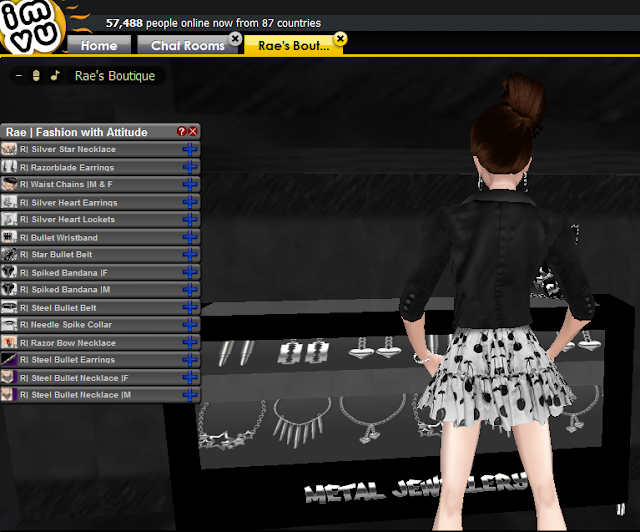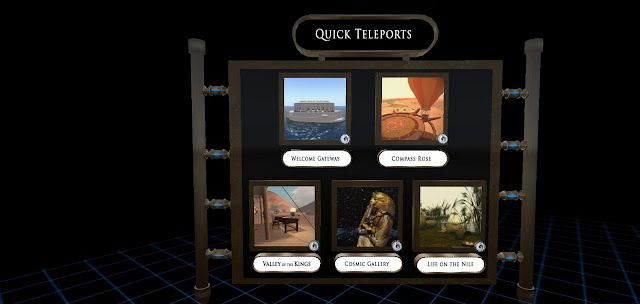Is Linden Labs in Self-Destruct Mode?
Following Linden Lab's internal restructuring which saw it lose 30% of its staff, and the recent decision to close the Teen Grid, with little or no consultation, they are now about to abandon discounts for Educational and Non-Profit (EDNP) organisations from the 1st January, 2011.
Will there be an exodus of a large number of EDNP organisations after the 1st January? I think so.
Currently EDNPs pay US$147.50 per month for their Maintenance Fee. All renewals after the 1st January will be invoiced at the standard rate for Private Regions, i.e. at US$295, or double their current rate. Here are a selection of some of the responses to this news:
Oh dear, this is very bad news. Budgets for educators are often set well in advance and in some cases very fixed even looking across a grant period of some years. In our case I have just negotiated funds to renew some of our regions from 12 months from now, so changes on a short time scale that double prices are quite a shock. In one case I have funding fixed for 2years out too.
Ai Austin
As one of your Educational customers I am furious! Fiscal Year Budget planning and approval happens in Aug-Sept for most Universities then you make an announcement like this in Oct!! I just had my budget approved 2 weeks ago and now I gotta go beg my superiors to approve an increase to the budget despite budgets being cut on every level of the University due to the economy. All of our sims exceed the maxium capabilities of Homesteads and OpenSpaces so there's no way we could use them.
Ron Ghostaltar
Doubling the price of regions for nonprofit and educational use strikes me as a really bad idea. Do we really need a mass exodus of these important members of the Second Life community at this time?
Shirley Marquez
I'd say that about 75% of all educational or non-profit organizations will leave next year.
Yuukie Onmura
Ah well Linden you have finally made the decision that tips the balance for us. I have been hanging on in SL as I still truly believe in the value of the educational community that has been built here but over the last few months it has become increasingly difficult to justify not moving to OpenSim. This however will be the final straw as I see no way that my institution will be able to justify paying double the price for our two islands. Fortunately we still have until Aug 2011 but I suspect we will be long gone by then!Of course, some may abandon their Virtual campuses altogether rather than face a doubling of their invoices, but if there is to be an exodus there has to be somewhere for them to move to. So just where is the Promised Land for EDNPs?
Arwenna Stardust
The obvious alternative is any of the worlds built using Opensim, the Second Life open-source clone, which will give them the same look and feel as their current regions, and allow them to use the same viewer. However, one of the prime considerations for EDNPs is to avoid having to live cheek by jowl with some of the more 'adult' activities that go on in these virtual worlds.
Fortunately, several Opensim-based grids have sprung up that cater exclusively for the EDNP communities.
Cybergrid
Cybergrid is a German language grid for young people of 12-17, and consists of 5 regions with over 500 registered uers. It is the Homeland of Cyberland-Jugendcommunity, netzcheckers, and netbridge. Regions cost €120 setup fee, and €40/month maintenance fee.
- Exploring ways to ‘multi-grid’ – eg. creating strategies, techniques and best practices for creating presence across a range of virtual worlds, and learning how to best use each environment for and to its best advantage
- Engaging kids in our virtual worlds adventures – the jokaydiaGrid gives us the freedom to create a PG environment which is much more viable for k-12 educational use
- Learning about Opensimulator – we are excited to be joining the opensource virtual worlds community and look forward to both learning about and contributing to the development of opensource virtual worlds options for education
- Developing new 3D educational resources – Leveraging off the flexibility available to us on the opensim platform for public and private delivery (without the scary pricetag!)
- … and most importantly t0 Play! We aim to continue to create a community that learns, inspires, explores and shares.
- Maintain a stable distribution of the OpenSim 3D application platform
- Document best practices for the use of OpenSim in science and education
- Provide content and applications to support those best practices












































